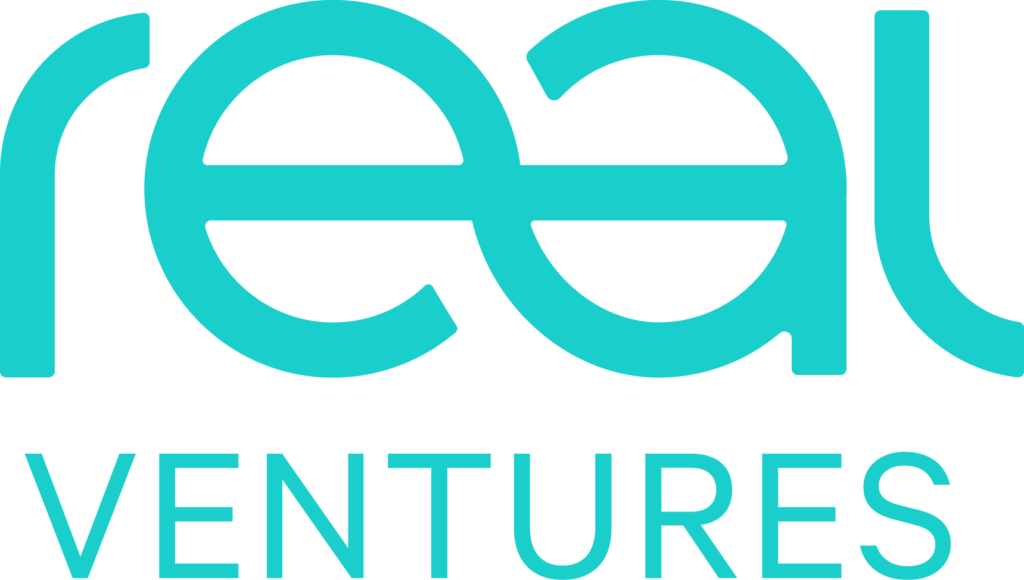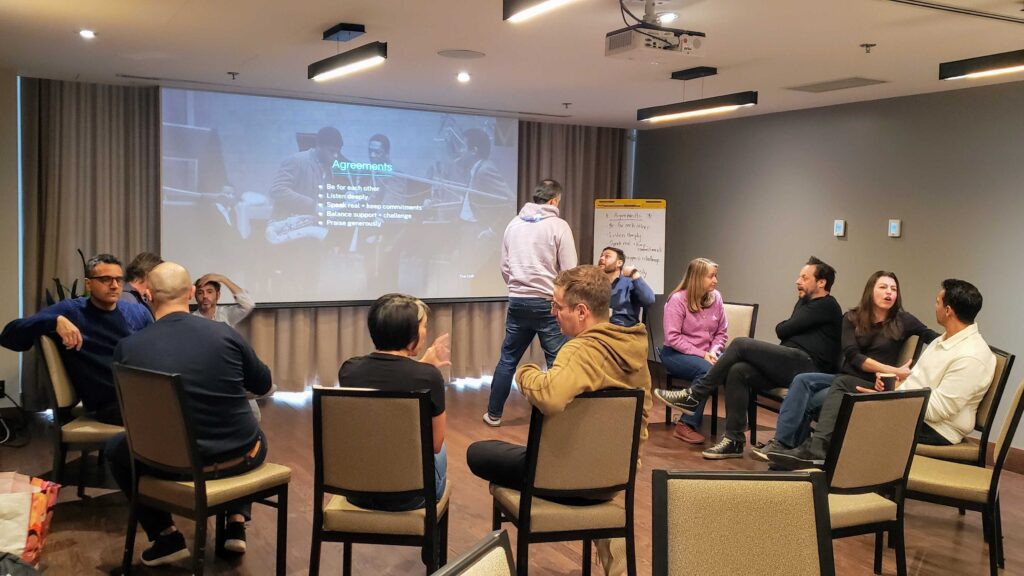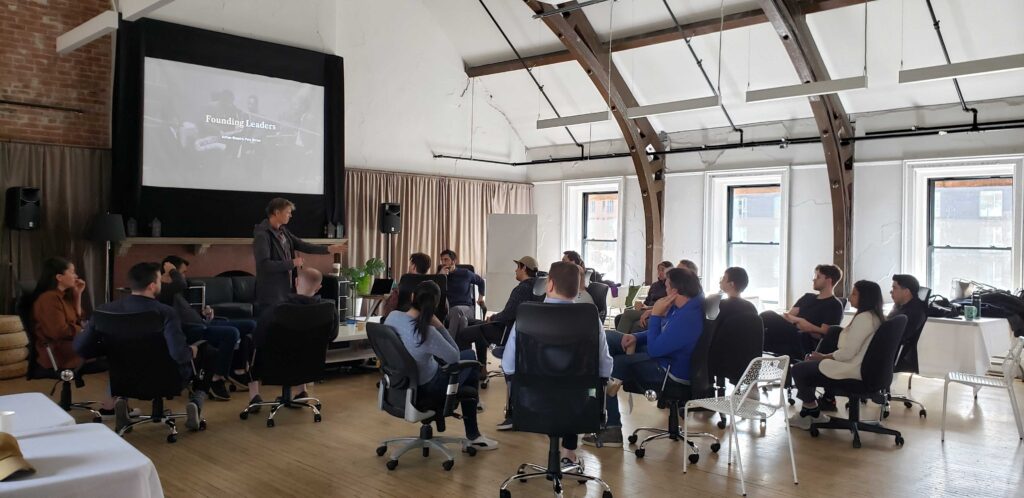Donna Litt, Co-Founder COO and Joseph Fung, Co-Founder and CEO of Uvaro share their experience building Uvaro’s narrative.
Simply put, a narrative is a coherent set of ideas about how a company can achieve its grand vision. But what goes into crafting a company narrative that lights a fire in our heart that very first time we hear it and makes us want to join the cause? It often seems effortless, but the reality is that more often than not, these stories are the results of many individuals spending countless hours doing research, digging deep into their business’ underbelly, incessantly writing and rewriting key takeaways, practicing the delivery, and editing to find the exact right combination of words that authentically convey who they are, why their business matters, and what they want to achieve.
In this next follow-on post in our Playbook for Startup Success interview series, we deep-dive into Play 7: Crafting a narrative with sibling duo Donna Litt and Joseph Fung, two of the three Co-Founders of Uvaro, a career success platform dedicated to helping professionals from all walks of life successfully break into tech sales and become masters of the trade. Since launching in 2020, Uvaro has served over 750 students who have gone on to start promising careers in tech companies like Clearco, Vidyard, Loopio, IntelliHR, and many more.
They have succeeded in crafting a narrative that is inspiring, compelling, and arguably most importantly, authentic to their vision and their customers’ experience. During our interview, we discussed what the creative process looked like, how they went about it, and how the resulting narrative helped them in their fundraising efforts.
We’re meeting today to discuss narrative building, and so I thought it would be appropriate to begin our conversation by asking you to tell me Uvaro’s story.
[Donna]
The wonderful backdrop to our story is that we’re a team of tech founders who have been helping professionals find fulfillment in their careers for more than a decade. While delivering in this market, we realized that professionals don’t need more software. What they really need is a champion who is willing to dedicate themselves to helping them find career success over the course of a lifetime. When we launched Uvaro in 2020, the powerful reactions we got from customers participating in our training programs made us quickly realize that we’d stumbled into something very special.
2020 and 2021 were hard years for many people for a myriad of reasons, as we know. Our ability to help professionals — many of whom come from disenfranchised minority groups working in low-paying labor markets and who had been particularly job impacted during the pandemic — was exceptionally motivating and solidified our belief that we were building an organization with the ability to drive real change. We understood that we were growing a business to help individuals develop more confidence, build new skills, and launch new careers.
Uvaro announced a Series A raise of $12M back in November 2021. (Congratulations!) What impact do you believe your story had on your ability to secure this capital?
[Joseph]
Impact truly is the right word in so many ways. Our company story came from our desire to have an impact on the world. Several core elements of our narrative are about impacting struggling groups and reducing inequalities that in many cases stem from systemic challenges. By refining these core elements, it became easier to find and contact the right investors. The ones whose eyes lit up with excitement as we went through our pitch and who immediately saw the value in what we are building. Our narrative is what enabled us to find great partners to help us continue delivering on our mission and also ensured our investors were aligned with our long-term vision of career success which extends far beyond training programs.
To view a redacted version of Uvaro’s investor deck, click here.
Uvaro’s story is truly an uplifting one. How long did it take you to build this narrative that so effectively communicates the company’s purpose and vision?
[Joseph]
The real answer is that it took years. Our narrative is reflective of our teams’ collective professional experiences.
In terms of the actual work of building our Series A pitch deck, we did what a lot of other founding teams do. We used a template from a VC firm we respected and we slapped together the first version. It had the typical 15 slides, took us a couple of weeks to complete, and it was terrible. A real disaster! The entire presentation felt lifeless and ended up creating confusion.
Following that first failed experiment, we started over in early June and began working with one of our investors, Sam Haffar from Real Ventures, on a second version. Three weeks and about a dozen iterations later, we felt we had a strong and compelling narrative and proceeded to spend another 3 weeks working on our pitch deck for investors.
How many people were involved in this creative process?
[Joseph]
I was responsible for the lion’s share of it in terms of the authoring and the crafting. Internally, everyone on our executive team participated, although I would say Donna was the most involved. We played with words and messaging and explored what felt most authentic to our story and our team. It was important to us that our team be very involved in the process and carried along for each iteration. We also received external support from Sam who provided feedback on each iteration and proved to be a great objective sounding board.
With that said, a significant amount of the effort was isolated work, composed primarily of research and wordsmithing. I spent massive amounts of time practicing the delivery of our narrative. Much of this process was time I spent in isolation, punctuated by moments where I would come up for air and validate with the team whether I was hitting the mark.
Meanwhile, this demanded a huge lift from our executive team. I needed to rely on them to take on my regular daily tasks and responsibilities. Accounts receivables still needed to be processed, customers needed to be supported, and the list of daily duties goes on. Their support allowed me to create the environment needed to dramatically change my mindset and focus on crafting a story that would clearly convey our excitement and the immense potential of our business.
And so, while I was largely responsible for the wordsmithing, my team was responsible for creating the environment necessary for this creative process to happen. Without their support, I think this exercise would have failed.
Donna, could you share what your experience was like during this process?
[Donna]
As Joseph mentioned, to effectively write our story there’s individual research that needs to take place. Throughout that research process specific asks come up along the way. As new versions were developed, particular data points or outside perspectives were needed to help support the main arguments of our narrative. These elements are important proof points needed to craft a credible story. This was an area where the executive team and I were able to contribute, in addition to providing feedback on each new iteration as well as executing Joseph’s daily responsibilities.
At Real Ventures, we believe that great narratives should answer three questions: Why should I care? Why should I believe? Why should I join? and that the answers to each of these questions will vary, depending on who you are speaking to (customer, employee, vendor, investor). Were these questions you and your team asked yourselves to craft Uvaro’s story? If not, what exercises did you engage in to craft a narrative that would effectively communicate what you hope to achieve at Uvaro?
[Joseph]
Surprise! We did use those exact questions as we framed up our narrative.
Interestingly, we started off by asking ourselves those questions — Why should I care? Why should I believe? Why should I join? — then we moved away from them as we continued to iterate, and finally we came back to those initial questions. The final composition of our narrative — which was very much targeting an investor audience — ended up answering them, in that order.
Another great thought exercise we did was to answer those three questions from our primary customers’ perspectives. We felt that although we were writing this narrative for an investor audience, it was important that the answers to these three basic questions resonate with a customer audience as well. And by resonate, I don’t mean that the answers should be the same for an investor and customer audience, but rather that none of our answers to investors would seem false or invalid to our customers. And finally, we knew that for our pitch to resonate, we needed to share a lot of customer stories in the pitch itself and that the language we used should be the same language used by our customers. So that’s exactly what we did.
[Donna]
I agree. Customer alignment is always key, regardless of your audience.
The creative process almost always undergoes multiple rounds of feedback and revisions. While writing Uvaro’s story, did you and your co-founders ever disagree on some aspects of the company narrative? If so, how did you settle your creative differences and align on how to best move forward?
[Joseph]
We definitely had some different opinions in the sense that we had different levels of priority in the messaging. With that said, we are fortunate to have a very high level of trust in the co-founding team. Derek, our third co-founder, let Donna and I drive this process. When we would sync up with him, it was with the perspective that he had distance from this project, and we trusted him to provide us with a clear view.
An example of a struggle we faced was balancing how much we should elevate individuals as north star customers and how much we needed to talk about the balance between the two of them. I remember a few high-impact stories I felt compelled to include where Uvaro’s training programs truly affected meaningful change in someone’s life. However, in some cases, Donna identified that the way I had framed these inspirational stories might not be honoring and respecting the individual’s experience. Therefore we may want to choose not to share it or to share it from a different perspective. In the end, our different backgrounds and skillsets helped us strike the right balance. Donna, can you think of any other significant differences in the way we approached narrative building?
[Donna]
Not when it came to creating the story. At the end of the day, I think it’s very simple.
Your story needs to be tied back to the customer.
Luckily Derek, Joseph, and I are all very customer-centric, and so this comes very easily to us. In situations where we had different opinions, we could throw down the customer gauntlet, and it became relatively easy for all of us to get aligned on how to best move forward.
How has Uvaro’s narrative evolved as the organization has grown? How often do you review it?
[Joseph]
We have the good fortune of having launched Uvaro from a position of strong conviction. We had already done a lot of past research and accumulated years of relevant experience, which also means we had already navigated a lot of the things that often trigger major changes in a company’s narrative, like uncertainty or new lessons in the market. Knowing that we have that advantage, the core ethos of our story has remained relatively unchanged. What does change is the fringes. We’re constantly revisiting and updating the customer anecdotes we share, the stats on the market, and the impact metrics we promote.
If you could only share one piece of advice to new or aspiring founders about how to build an authentic and compelling company story, what would it be?
[Donna]
One thing always needs to come across in your communications: why is what I’m doing important to our customers. This mantra will become a touchstone, a single source of truth you can always return to in moments of doubt or ambivalence.
A secondary element that will elevate your story is to share your own motivation for doing what you are doing.
[Joseph]
Plus one to Donna’s response!
I would also add that it’s critical not to underestimate the importance of carving out the time and space needed to really dig into your narrative. Building a company is essentially putting out fires regularly, and let’s face it, it can be very distracting work. Within the context of that environment, you can’t create a compelling narrative. You can only achieve this through separation and trust that your team will hold down the fort while you hole up with a typewriter (okay, more likely your laptop) and focus on creating a narrative that is authentic to your vision and the customers you serve.
**********
For more resources on narrative building, check out these posts — Preparing to Raise a Series A and Building Your Fundraising Story.
For more on our thoughts about how to scale your startup, sign up for our newsletter and follow us on Twitter, LinkedIn, and Facebook.




